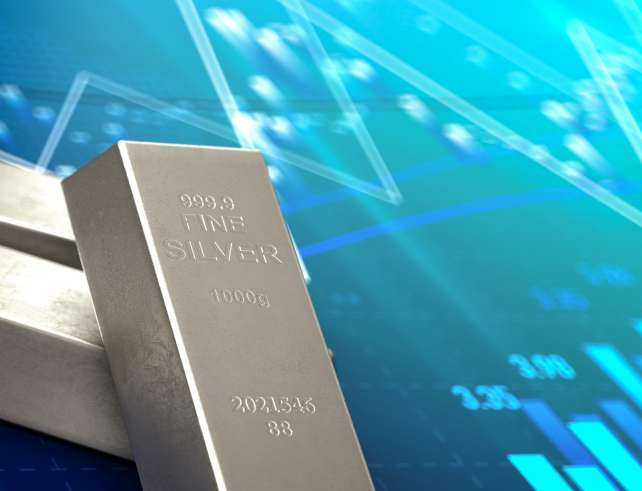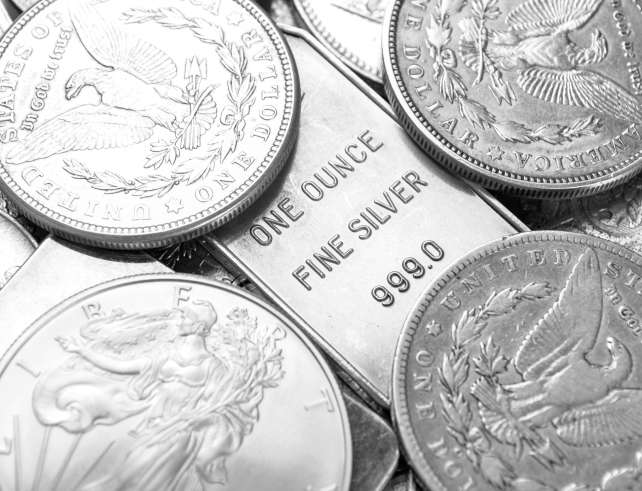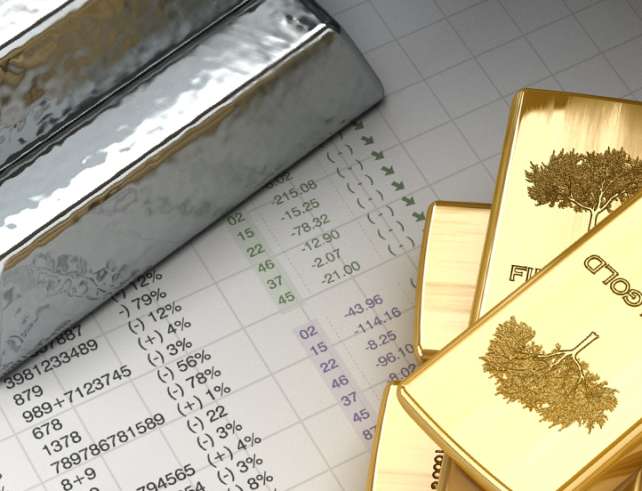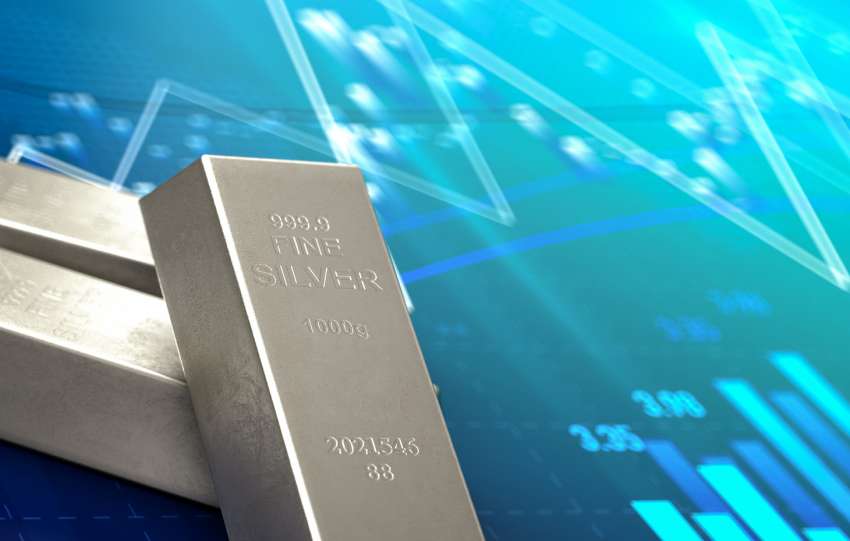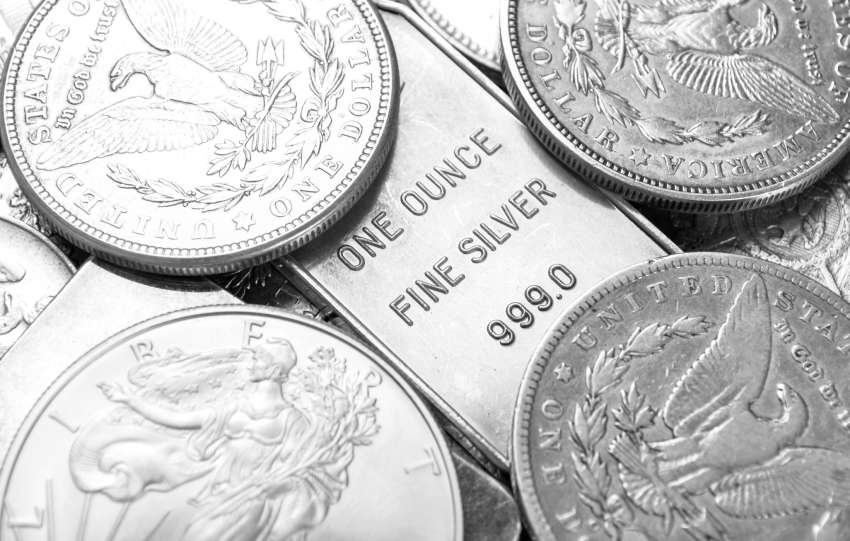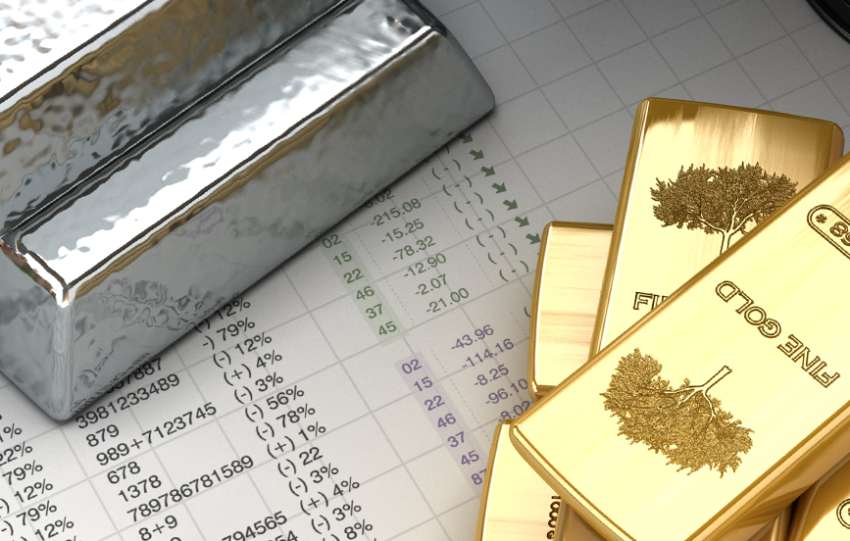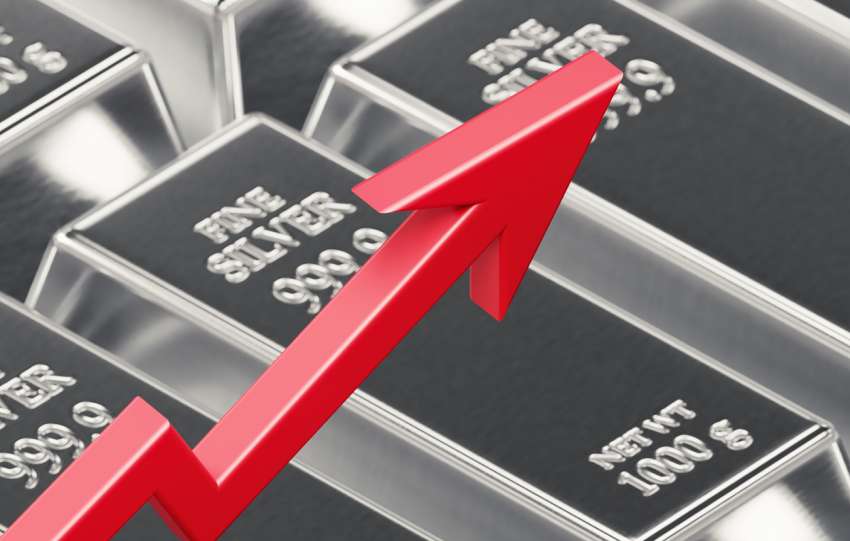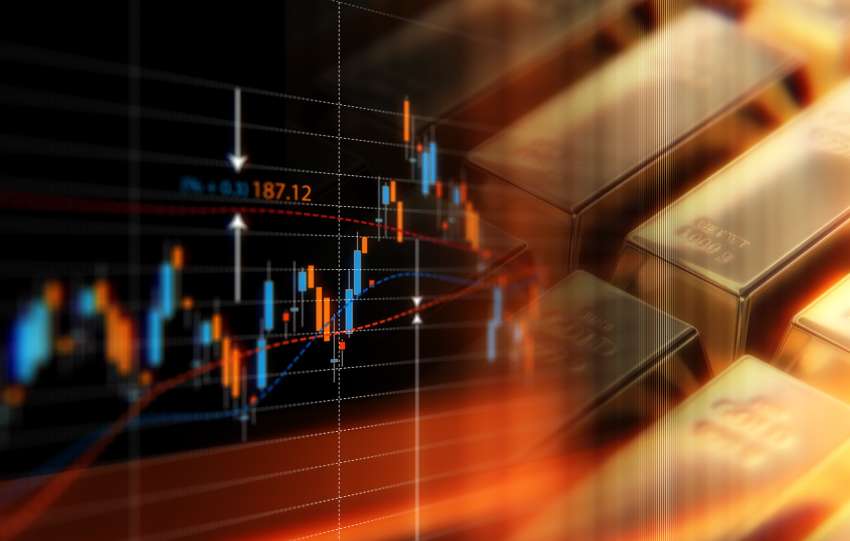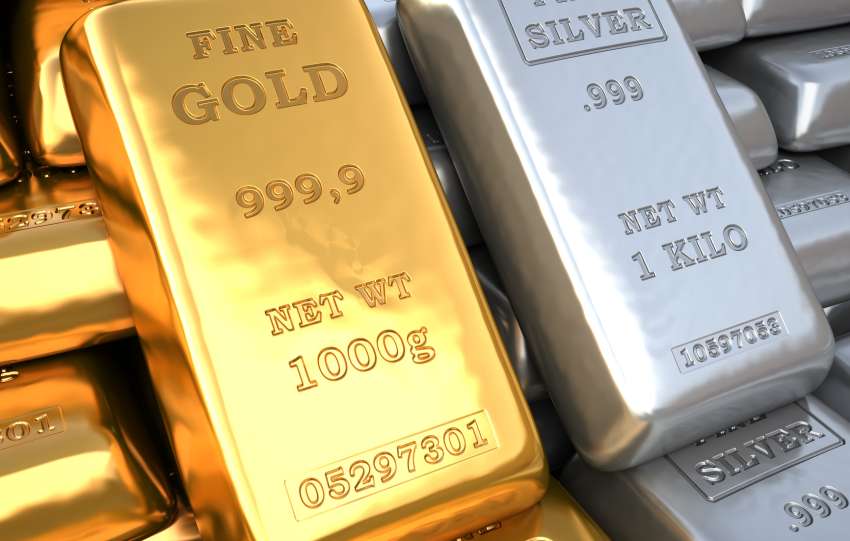Technology has created exciting new ways to invest. Currently, one of the most popular is to put money into precious metals via exchange-traded funds (ETFs). This is an alternative to investing in physical bullion, and interest in silver ETFs has mushroomed over the past few years.
Experts have been discussing a silver supply shortage for years. When the U.S. Mint couldn’t meet demand for silver coins in 2020, though, the severity of the issue became clear. Events like this are what initially drew many people to silver exchange-traded funds.
At Silver Gold Bull, we understand our clients want to make informed decisions. And while silver ETFs may seem like a great alternative to bullion, there are some things you should know first. Understanding these issues may affect your decision to venture into exchange-traded funds.
What Are Silver ETFs?
What if you knew oil prices would double over the next month? You’d probably find the motivation to invest in the commodity, right? Of course, now you’re probably wondering how you would do this. After all, few people have the resources to store thousands of barrels of oil.
This is where exchange-traded funds come into play. Rather than taking physical possession of oil — or any commodity, for that matter — you can invest in funds that track the price of the item. This is exactly how silver ETFs work.
You may also hear these funds referred to as “paper silver.” The following definition, however, makes understanding these assets fairly simple:
“A silver ETF is a commodity fund that tracks the price of silver. It can be traded similarly to a stock. The value of the fund relies on its underlying assets. This frequently allows silver investors to gain exposure to the precious metal while still diversifying their holdings.”
While these exchange-traded funds have been around a long time, they’ve garnered heightened interest lately. This is mainly because of the more than 10 million new investors who entered the market in 2020. Many people got stuck at home due to COVID, and they wanted to invest.
This created a perfect storm for silver ETFs. Interest in investing in precious metals also skyrocketed during this time. Of course, this led to the U.S. Mint shortage we mentioned earlier. When people wanted silver but couldn’t find it, they often turned to exchange-traded funds.
Unfortunately, individuals often did this blindly. People just assumed that these funds would track the price of silver. As we’ll discuss later, this isn’t always the case. For those who still want to invest in silver ETFs, though, it’s important that they know their best options.
Best Silver Exchange-Traded Funds
Purchasing silver bullion comes with a variety of benefits over exchange-traded funds. There are many people who are fully committed, though, to investing in silver ETFs. If you’re one of these individuals, Silver Gold Bull wants to make sure you’re making the best investment decision.
There are plenty of exchange-traded funds that track silver to choose from. It’s essential that you do your research on each of these before making a final decision. Many of these silver ETFs revolve around mining stocks, but these aren’t the only assets tracked. Some funds follow exploration companies, and others simply have large stores of physical bullion. The focus for each of them, however, is to track the price of silver.
Exchange-traded funds for silver offer diversity. Of course, this sometimes can be a hindrance. It’s possible to watch precious metal prices rise even as an ETF loses money.
Paper Silver Alternatives to ETFs
Exchange-traded funds aren’t the only form of “paper silver” out there. There are a variety of companies that offer public shares for investment. In fact, many silver ETFs have these stocks in their portfolios.
Just like when you’re investing in silver ETFs, it’s vital that you do research on these stocks. These are public companies — not physical bullion. This means a variety of factors can affect their performance.
Benefits of Bullion Over Silver ETFs
If you’re on the fence over investing in physical bullion or silver funds, basing your decision on facts is the best way to go. While exchange-traded funds hold some benefits — most notably a reduction in storage needs — they also have many disadvantages over silver bullion.
Consider each of these factors before investing in silver exchange-traded funds. They could play a significant role in whether your investment is good or a massive loss:
- Physical bullion holds value everywhere on the planet.
- When you sell silver ETFs, the government immediately receives a notification.
- A company’s business decisions will not affect the price of silver.
- Buying silver coins gives you face value on top of precious metal content.
- Physical bullion gives you more control over your entire investment.
- Silver hedges against poor economies — “paper silver” can crash with the market.
- Physical silver will always hold value — ETFs have the potential to become worthless.
The biggest concern you’ll encounter with bullion involves storage needs. Fortunately, this isn’t necessarily a concern for you. After all, how much space do you need if you’re only investing in 50 rolls of coins? The same holds true when buying silver bullion bars in small quantities.
If you do plan on making a major investment, though, there are storage options out there. Precious metals storage facilities can keep your bullion safe, and some will sell it when you’re ready. If you buy from Silver Gold Bull, we’ll even ship your items to one of our vaults for free.
Are Silver ETFs a Good Investment?
Asking if an asset type is a good investment is a complex question. After all, not all exchange-traded funds are the same. For instance, Invesco DB Silver Fund gained nearly 8% between August 2016 and August 2021. During that same period, ProShares Ultra Silver lost over 25% of its value.
What makes an investment “good” is whether it’s profitable. Invesco DB Silver Fund was certainly profitable during that time, but the price of the white metal shows the fund didn’t exactly track spot value. During the same period, silver’s price rose from $15.88 to $27.66 per ounce.
That’s a nearly 75% increase. In reality, countless factors can affect the performance of silver ETFs — and most of them have nothing to do with the precious metal’s value. So while exchange-traded funds can be excellent investments, remember that you’re not really investing in silver.
If you acknowledge this going in, you’ll make better investment decisions in the long run.
Invest in Physical Silver Today!
Exchange-traded funds offer a great way to invest in commodities. In many cases, they’re essential for the normal investor. After all, the average person would have difficulty taking possession of large quantities of wheat, oil, natural gas and other commodities.
Fortunately, this isn’t the case for precious metals. If you’re considering investing in a silver ETF, put some thought into buying physical bullion instead. You’ll gain all the benefits of owning precious metals without having to concern yourself with the headaches of stock exchanges.
At Silver Gold Bull, we offer a variety of precious metal products you can add to your portfolio. Exchange-traded funds are the right move in some cases, but bullion will always hold more value. Visit our Silver Bullion Products page today to see everything we offer!


